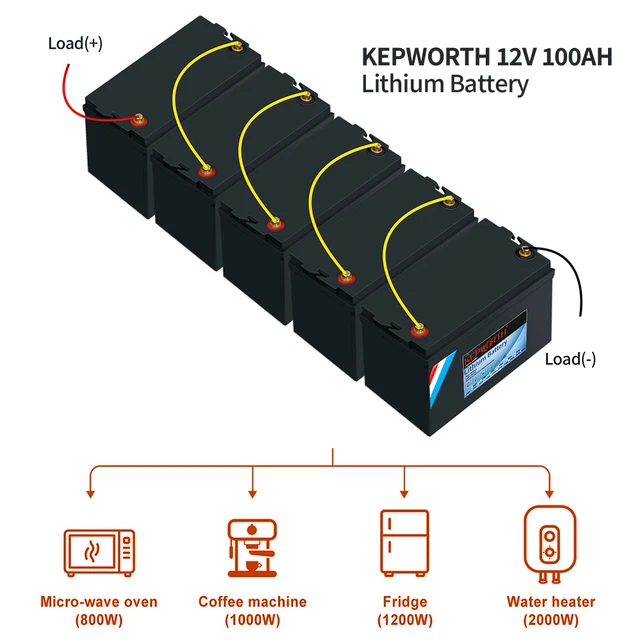 Introduction-series vs parallel battery:
Introduction-series vs parallel battery:
When it comes to battery configurations, series and parallel connections play a crucial role in determining the overall voltage, capacity, and performance of a battery system. Understanding the difference between series and parallel battery connections is essential for various applications, from small electronic devices to large-scale energy storage systems. In this comprehensive guide, we will explore the characteristics, advantages, and considerations of series and parallel battery connections. By understanding the benefits and limitations of each configuration, you can make informed decisions when designing battery setups for your specific needs.
Series Battery Connection:
Characteristics:
In a series battery connection, the positive terminal of one battery is connected to the negative terminal of the next battery, creating a chain-like configuration.
The voltage of the overall battery system increases as each battery’s voltage is added together.
Advantages:
Series connections provide a higher total voltage output, making them suitable for applications that require higher voltages.
They are commonly used in electric vehicles, solar power systems, and other high-power applications.
Considerations:
When connecting batteries in series, it is crucial to ensure that all batteries have the same capacity and state of charge to avoid imbalances and potential damage.
Series connected batteries have the same current flowing through them, meaning that if one battery fails or becomes discharged, it can affect the entire series.
Parallel Battery Connection:
Characteristics:
In a parallel battery connection, the positive terminals are connected together, and the negative terminals are connected together, creating a parallel configuration.
The voltage across each battery remains the same, while the overall capacity is increased.
Advantages:
Parallel connections provide higher total capacity, making them suitable for applications that require longer runtimes.
They are commonly used in backup power systems, renewable energy storage, and low-power electronic devices.
Considerations:
When connecting batteries in parallel, it is important to use batteries with the same voltage and capacity to maintain balance and prevent issues.
A disadvantage of parallel connections is that if one battery fails, it can affect the performance and capacity of the entire parallel group.
Series-Parallel Battery Connection:
Characteristics:
A series-parallel battery connection combines both series and parallel configurations to achieve a specific voltage and capacity requirement.
It involves connecting multiple batteries in both series and parallel arrangements.
Advantages:
Series-parallel connections allow for flexibility in achieving the desired voltage and capacity while maintaining a balance between the batteries.
They are commonly used in multi-cell battery packs, electric vehicle batteries, and large-scale energy storage systems.
Considerations:
Series-parallel connections require careful planning and consideration to ensure appropriate balancing of voltage and capacity across the battery system.
Monitoring and management systems may be necessary to maintain balance and prevent capacity or voltage imbalances.
Battery Balancing:
Voltage Balancing:
In series connections, voltage balancing is crucial to prevent overcharging or undercharging of individual batteries.
Balancing can be achieved through the use of balancing circuits or management systems that monitor and adjust the voltage across each battery.
Capacity Balancing:
In parallel connections, capacity balancing is important to ensure that each battery shares the load equally.
Conclusion-series vs parallel battery:
Understanding the difference between series and parallel battery connections is essential for designing battery systems that meet your specific voltage, capacity, and performance requirements. Series connections provide higher voltage output, while parallel connections offer increased capacity. Series-parallel connections combine the benefits of both configurations to achieve specific voltage and capacity needs. Balancing voltage and capacity across battery systems is crucial to maintain battery health and prevent imbalances. Whether you are designing battery setups for small electronic devices or large-scale energy storage systems, considering the advantages and limitations of each configuration will help you make informed decisions and maximize the performance of your battery systems.
29.2s · 826tokens









